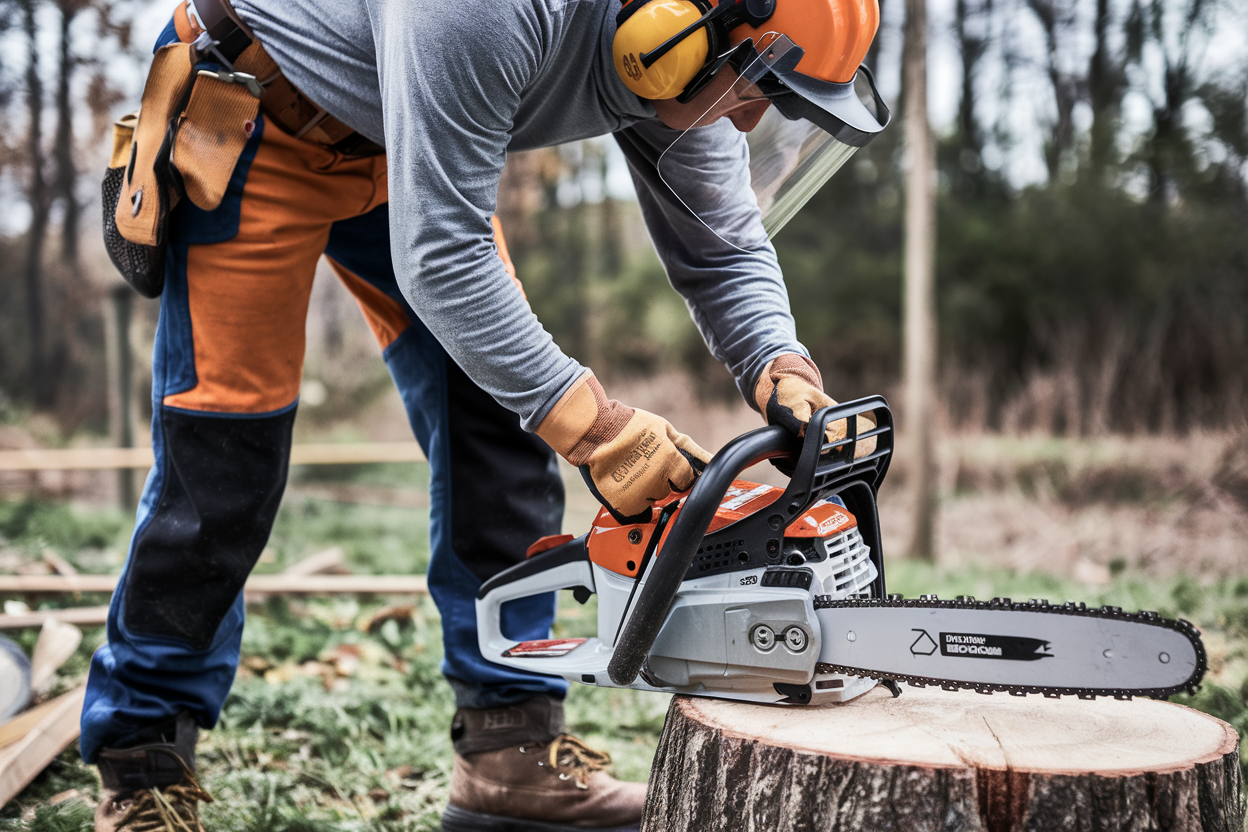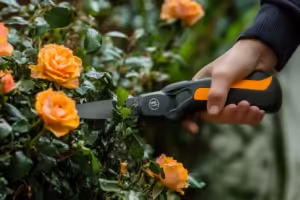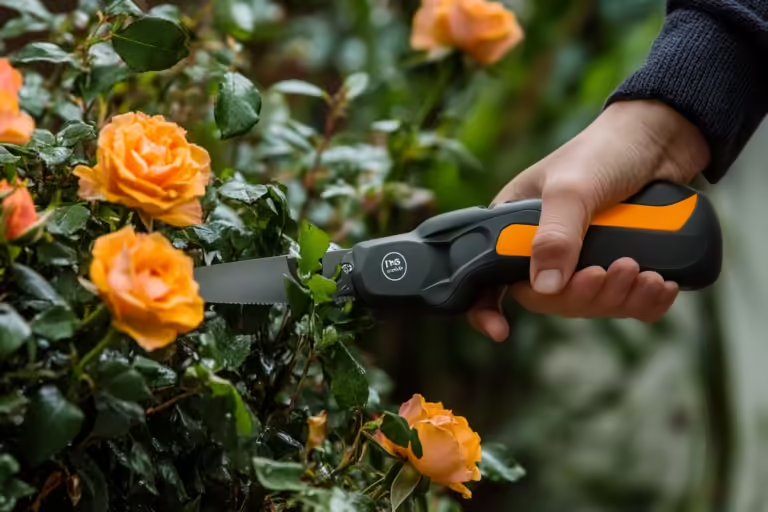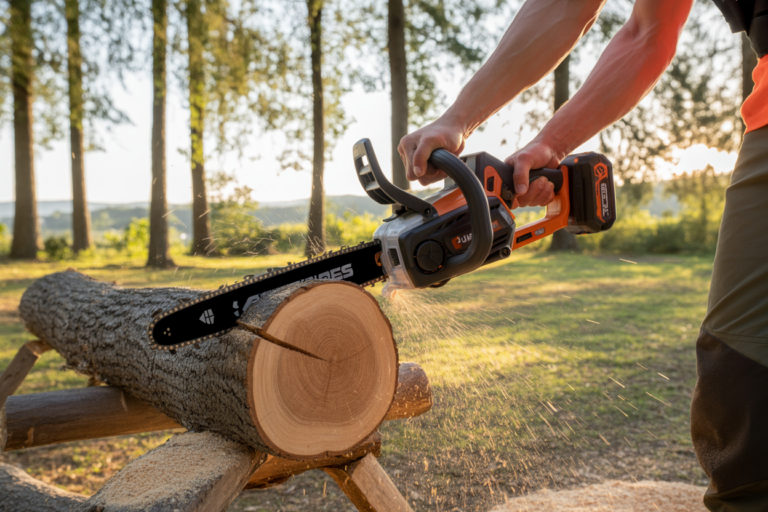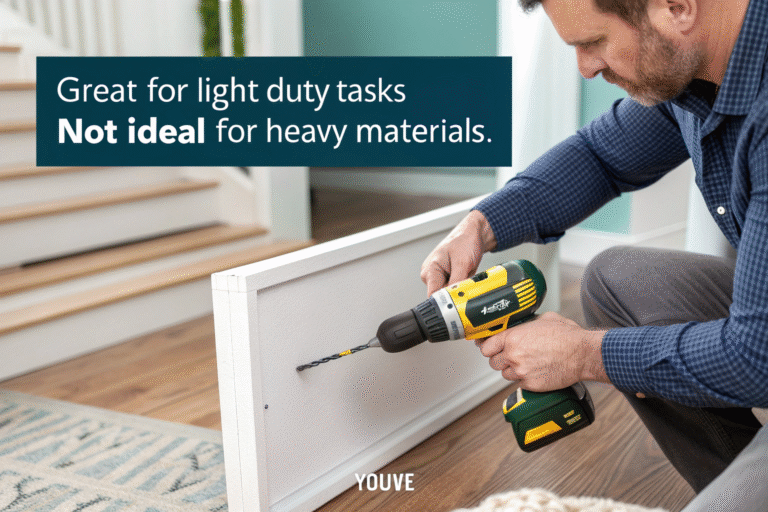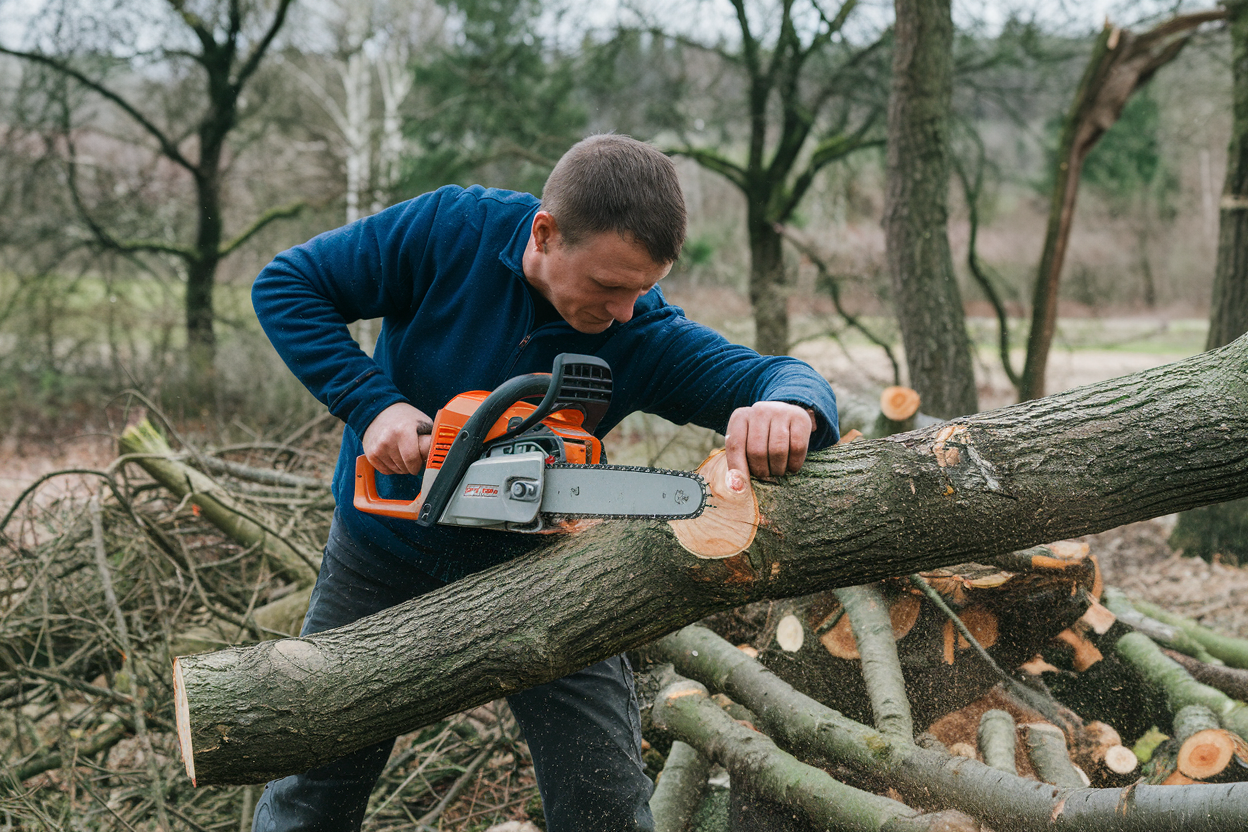
It’s easy to get stuck when deciding between single-handed and double-handed cordless chainsaws. Both options have their strengths, but making the wrong choice can lead to inefficiency—or worse, accidents. Let’s break this down together.
Single-handed cordless chainsaws are ideal for light pruning, while double-handed options provide stability and safety for heavier tasks.
I remember my first attempt at trimming a tree with a single-handed saw—it felt easy at first, but I quickly realized I lacked the control needed for larger branches. Let’s explore these tools step by step.
How to choose a battery-operated chainsaw?
Picking the right chainsaw depends on understanding your tasks and balancing power with convenience.
Choose a chainsaw that matches your job requirements and is compatible with your working style.
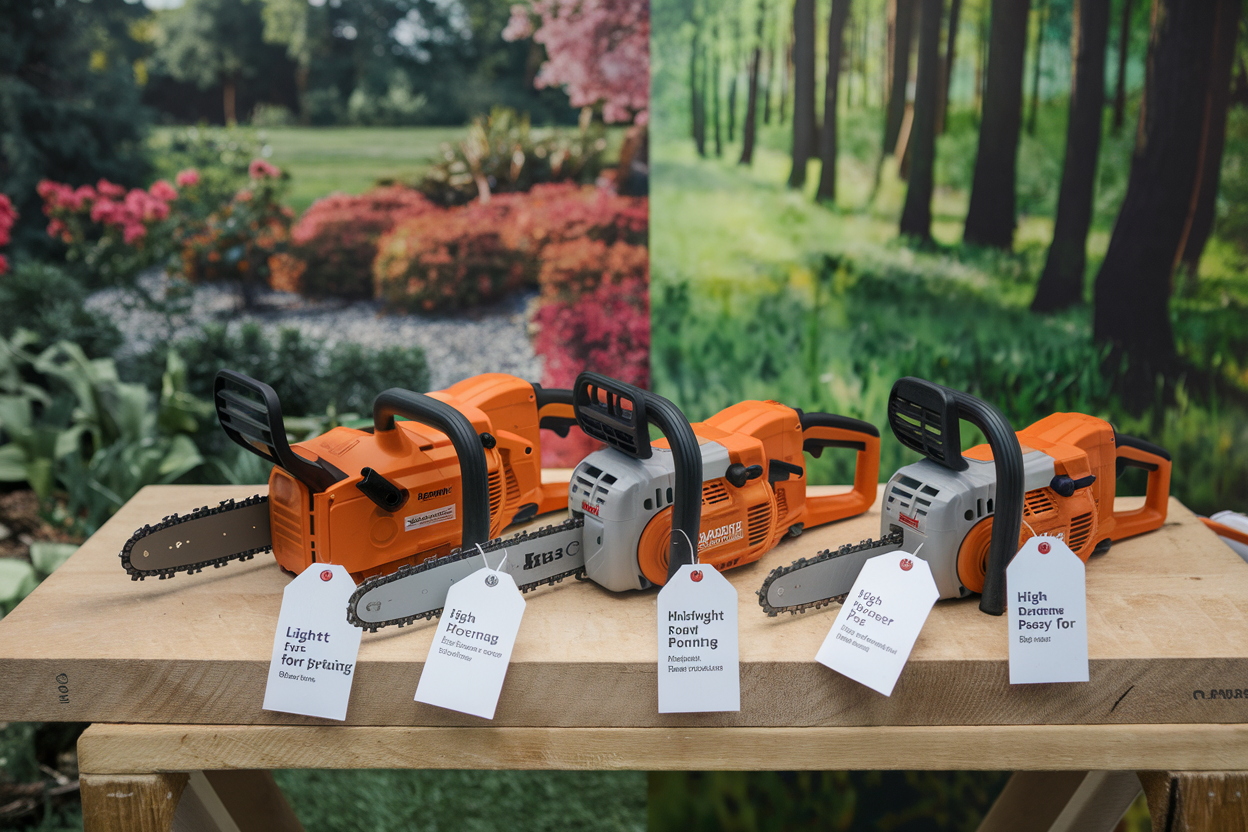
Dive Deeper: Consider battery capacity and weight
A battery-operated chainsaw’s power lies in its battery. Opt for higher capacity if you’ll work long hours, but don’t overlook weight—it could tire you out faster than expected.
| Feature | Impact | Ideal For |
|---|---|---|
| Battery Size | Longer runtime, heavier weight | Large jobs |
| Weight | Easier handling, less runtime | Quick, light tasks |
What size chainsaw is best for all-around use?
Chainsaw size matters, especially when versatility is your goal.
A 12 to 14-inch bar length is versatile for most home-use tasks.
For example, I once lent my 12-inch chainsaw to a friend for firewood prep—it worked perfectly without feeling bulky. Let’s examine why bar size is critical.
Dive Deeper: Matching bar size to task type
- Under 12 inches: Best for pruning and small branches.
- 12–14 inches: All-around size for home and yard.
- 16+ inches: Ideal for cutting large logs or heavy-duty tasks.
What is the best voltage for a battery-operated chainsaw?
Voltage2 determines your chainsaw’s power—higher isn’t always better.
For most users, 20V chainsaws offer a great mix of power and portability.
Dive Deeper: Balancing voltage with efficiency
While 40V models can handle heavy-duty tasks, they might be overkill for occasional use. Stick with 20V models for typical yard work and opt for 40V only if you cut frequently.
How do I choose a good chainsaw?
Finding a good chainsaw isn’t just about specs—it’s about what fits you.
Look for comfort, safety features, and reliable build quality.
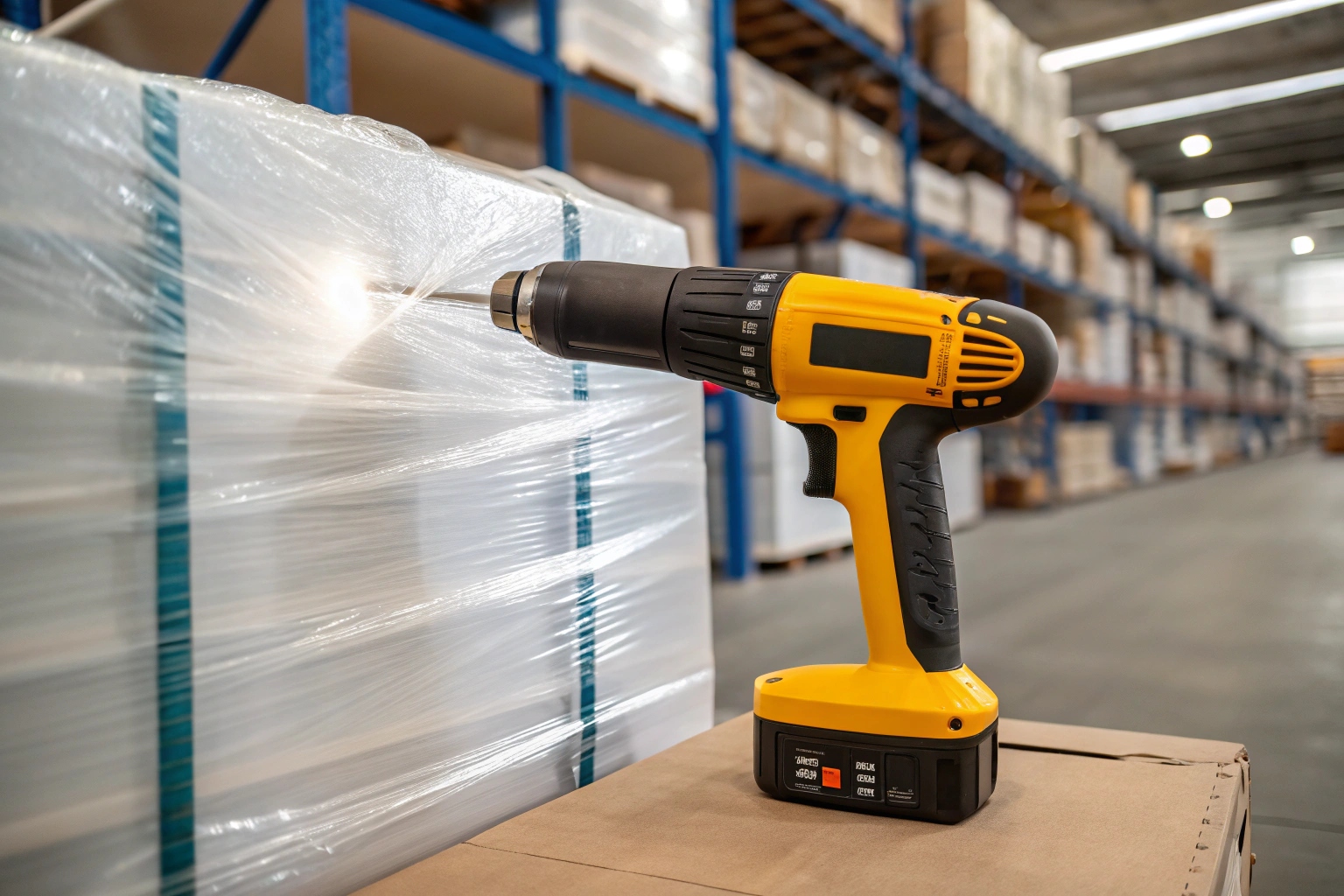
Dive Deeper: Features to prioritize
- Safety locks: Prevent accidental starts.
- Ergonomic design: Reduces hand fatigue.
- Durable materials: Ensure longevity.
What is the best length bar for a chainsaw?
Choosing the right bar length can make or break your experience.
12–16 inches are ideal for versatility, while 18+ inches are better for professionals.
Dive Deeper: Common mistakes in bar length selection
Using an oversized chainsaw for small jobs can feel cumbersome. Stick to shorter bars for easy maneuverability unless you’re dealing with large, tough logs.
What is the difference between a 20V and 40V chainsaw?
Voltage is a game-changer in battery-operated chainsaws.
20V chainsaws are lighter and more portable, while 40V chainsaws deliver power for demanding tasks.
When should you choose 40V?
Consider 40V chainsaws if you regularly cut hardwood or work in tough environments. Otherwise, 20V chainsaws often provide better value.
Conclusion
Choosing between single-handed and double-handed cordless chainsaws comes down to task type and personal preference. Focus on safety, efficiency, and matching the tool to your needs. Happy cutting!

